7 Best Practices for using Facebook Leads Ads
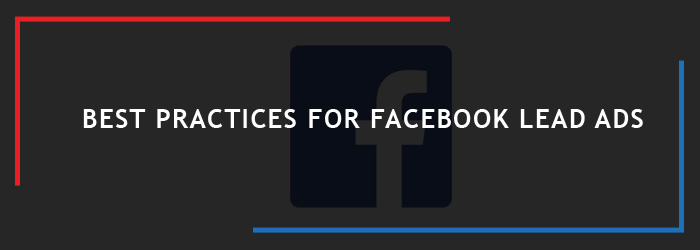
If you want to reduce your leads cost, here are 8 Best Practices we recommend for every Facebook Advertiser using Lead Ads
1. Provide Context, But Limited!
If this blog does not relate to your problem you would barely be interested to read this further. Similarly, if the Ad is only focussing on your offer and not the customer’s problem, you are most likely to swiped without any attention.
Personalised and contextual ads drive 70% more results in the same budget and improves the Relevance score of your Facebook ad.
2. Ad Creative that is THUMB STOPPING
Facebook recommends that an image be 1,200×628 pixels or 1200×1200 pixels which works for both Facebook and Instagram. Your image should be in 80:20 ratios i.e.; 80% image and ONLY 20% text.
More the text more the impression cost and eventually a HIGHER COST PER CONVERSION.
You’re not limited to a single image: you can create a carousel or upload a video, too. You can add up to 10 images in a carousel ad.
The image is the first thing that Facebook users are going to notice about your ad, so create an eye-catching image that makes people understand about your product or service.
3. Ad Headline
The headline is just below the image, and should be less than 25 characters and more to be eye-catching!
Titles should generally focus on the OFFER or the USP.
Use Description of an Ad carefully by adding some useful information or actionable content.
4. Call-to-Action
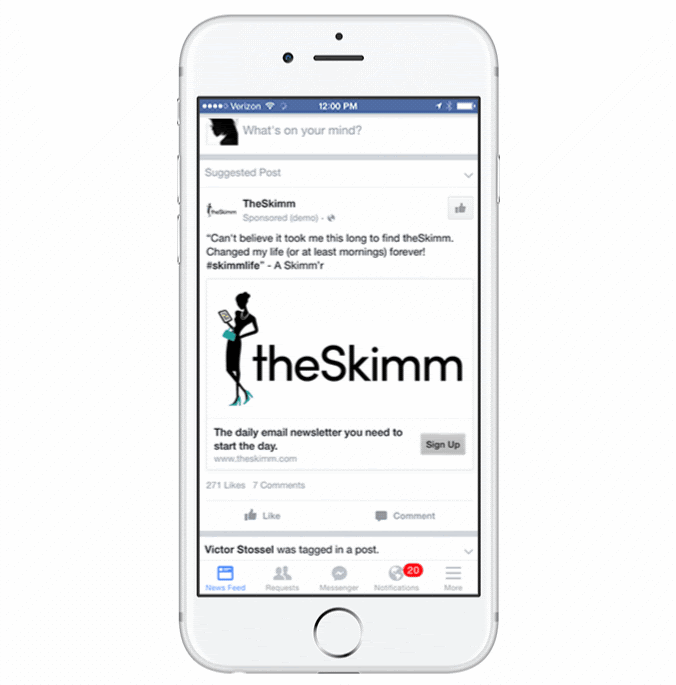
Use a strong and relevant call-to-action to let the Facebook users know exactly what they’re doing when they click on the button on your ad.
If your ad is letting user’s sign-up for your mailing list, choose buttons with text like, Subscribe or Sign Up to make it clear.
If your ad is letting users book a ticket for a movie or a concert, chooser a button with text like “Book Now” to make it more relevant.
5. Lead Form for Facebook lead ads
A Facebook lead form is one of the most game-changing innovations in the digital ad space.
The best part is that a user does not have to go to a landing page to fill a form, all his contact details are prefilled from his Facebook profile.
1. Ask minimum questions.
2. Add a Context Card
3. Highlight the key points of your product or services in bullet points.
After creating a lead form you can Sync Leads for FREE using Leadzpipe.
6. Set The Right Bid for facebook lead ads
There are two options for setting up your daily or lifetime budget for your ad campaign
- Automatic – Facebook adjusts your bid to get the most results at the best price.
- Manual – Enter a bid based on what results are worth to you. (start with a that represents how much you value each lead).
Facebook Ads use an auction system which will set the bid automatically to get you more conversions at the same budget.
So generally you should let Facebook decide the bid.
7. Use Lookalike and Custom Audiences.
You can use custom audiences and lookalike audiences to reach your existing customers, website visitors, people who have previously engaged and people who are similar to your customers.
In simple words, Custom Audience includes people who are already your customers and target only them!
Look-a-like Audience is basically the SIMILAR people who are your current consumers/customers and are potential customers and likely to engage with your Ad.
Contact info collected through lead ads can be used to create new audiences – both custom and lookalike – allowing you to adjust your paid efforts based on where a prospect falls in your funnel find new, similar opportunities.
Custom Audience and Lookalike Audience targeting can help you reach the most high-quality people and help you find people who share similarities with your existing customers, website visitors, or people who previously engaged with your content on social media. To reach the most valuable people for your business, create lookalike audiences based on your current customers, instead of people who completed the lead form.
You can use engagement custom audiences for people who started a form but didn’t submit or target people who completed a questionnaire. The more marketers focus on re-engaging with their audience, the smoother they advance through the consumer journey.



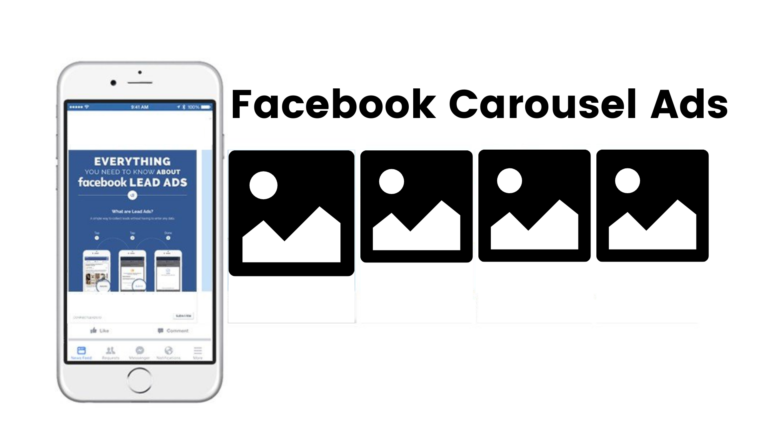

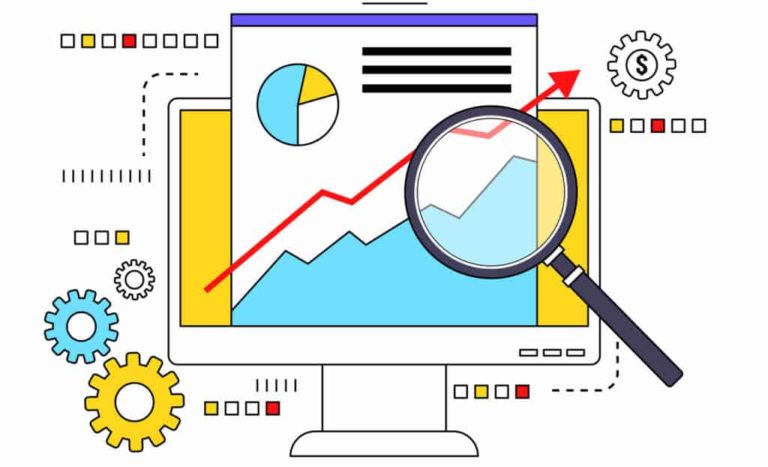
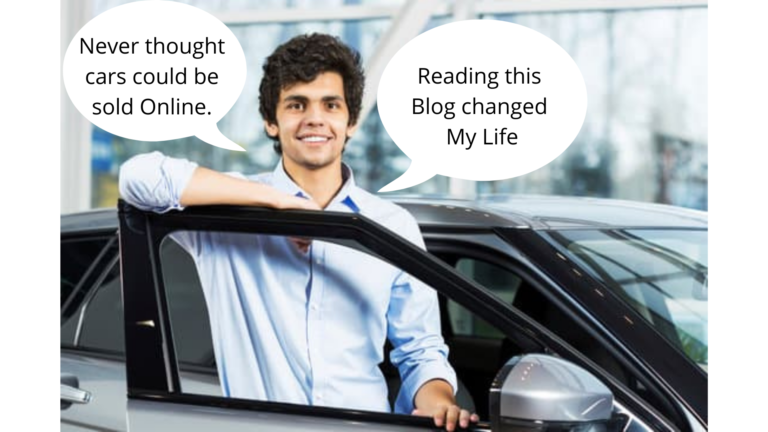
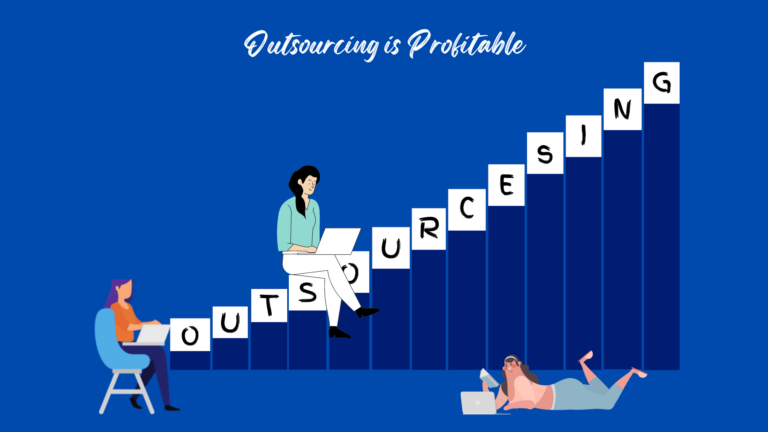
One Comment